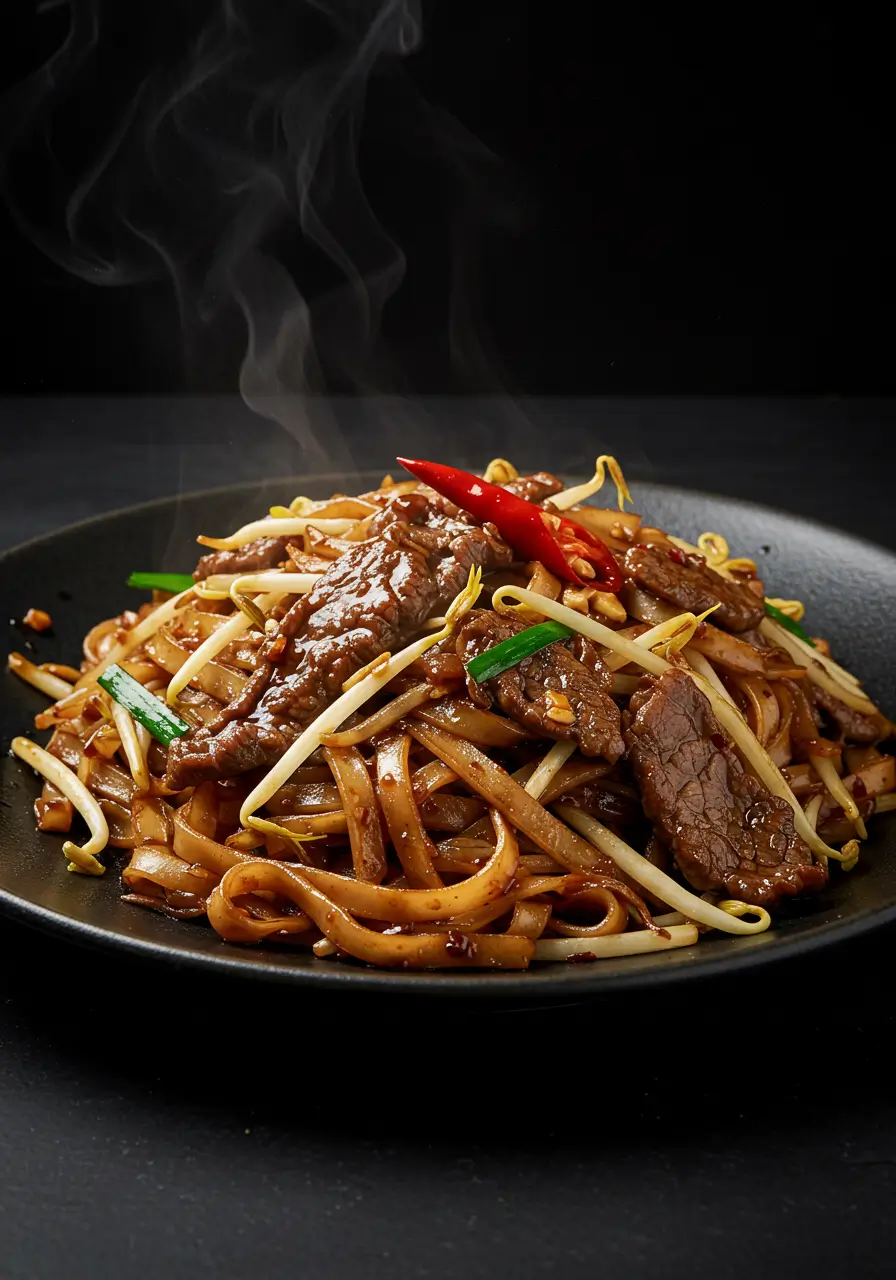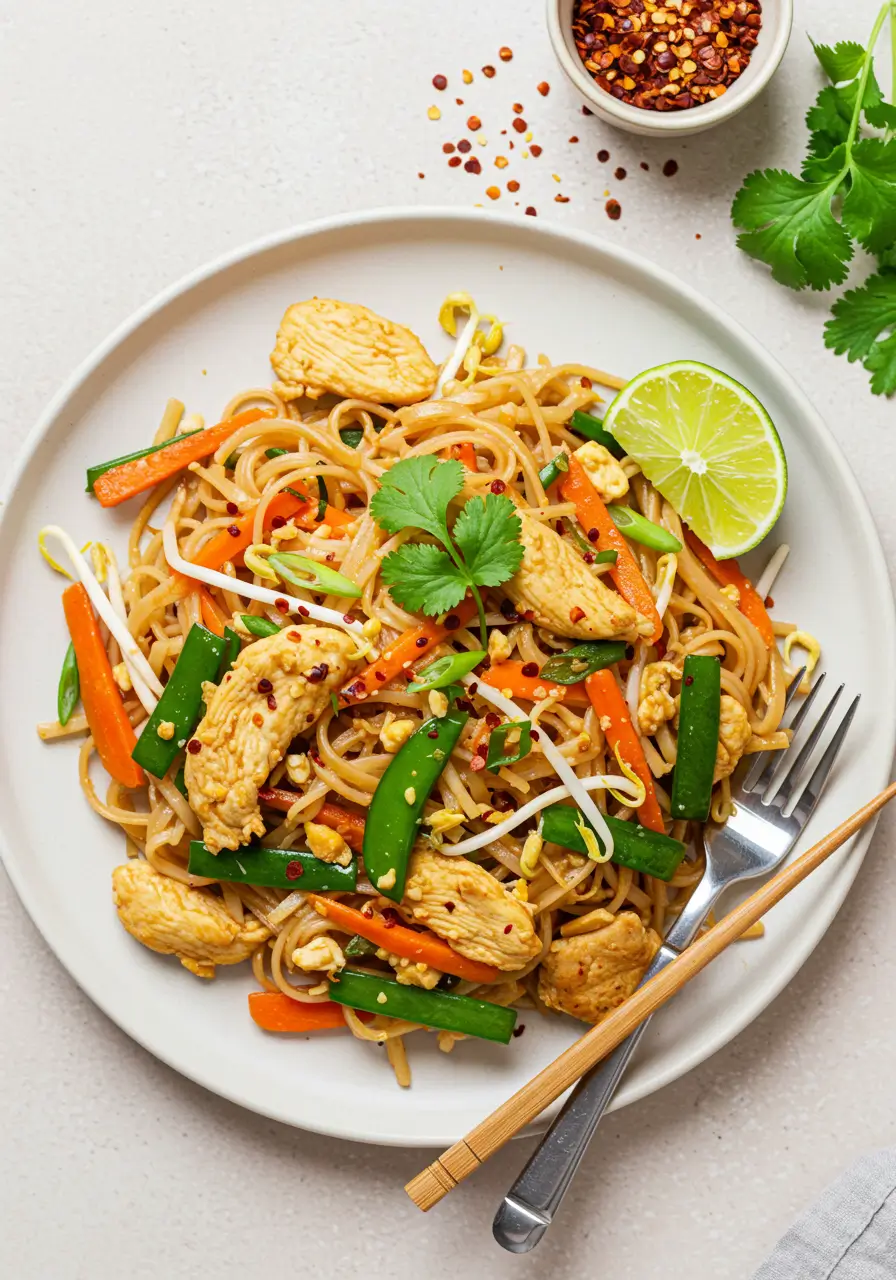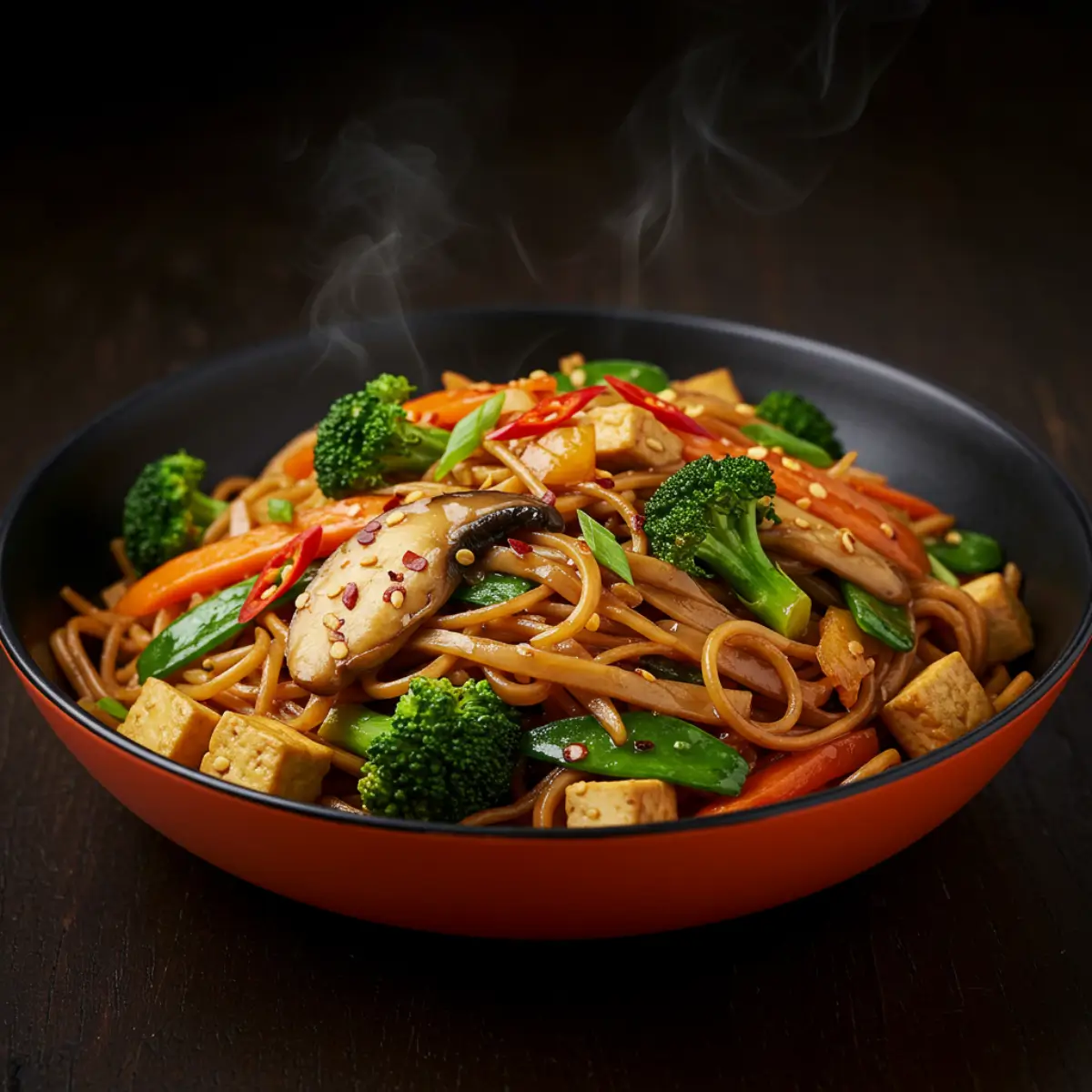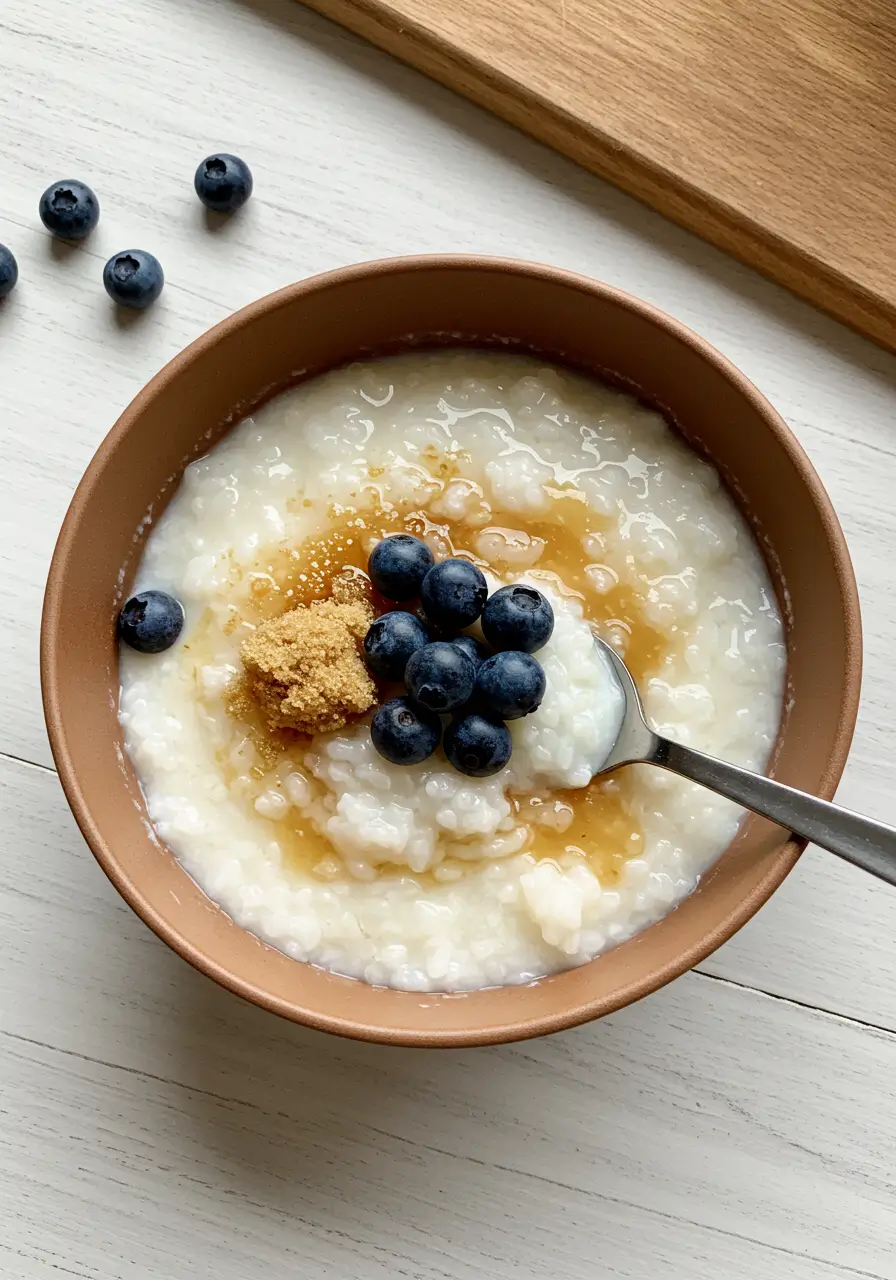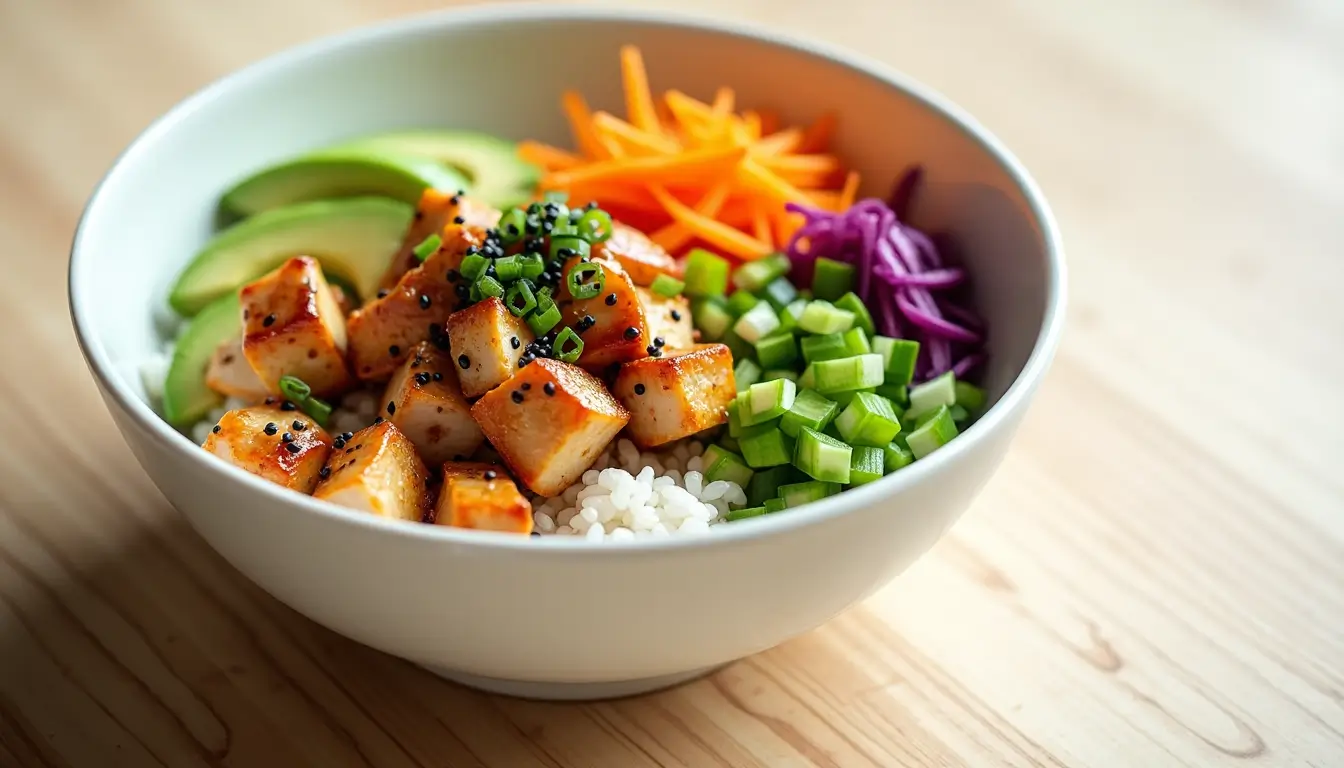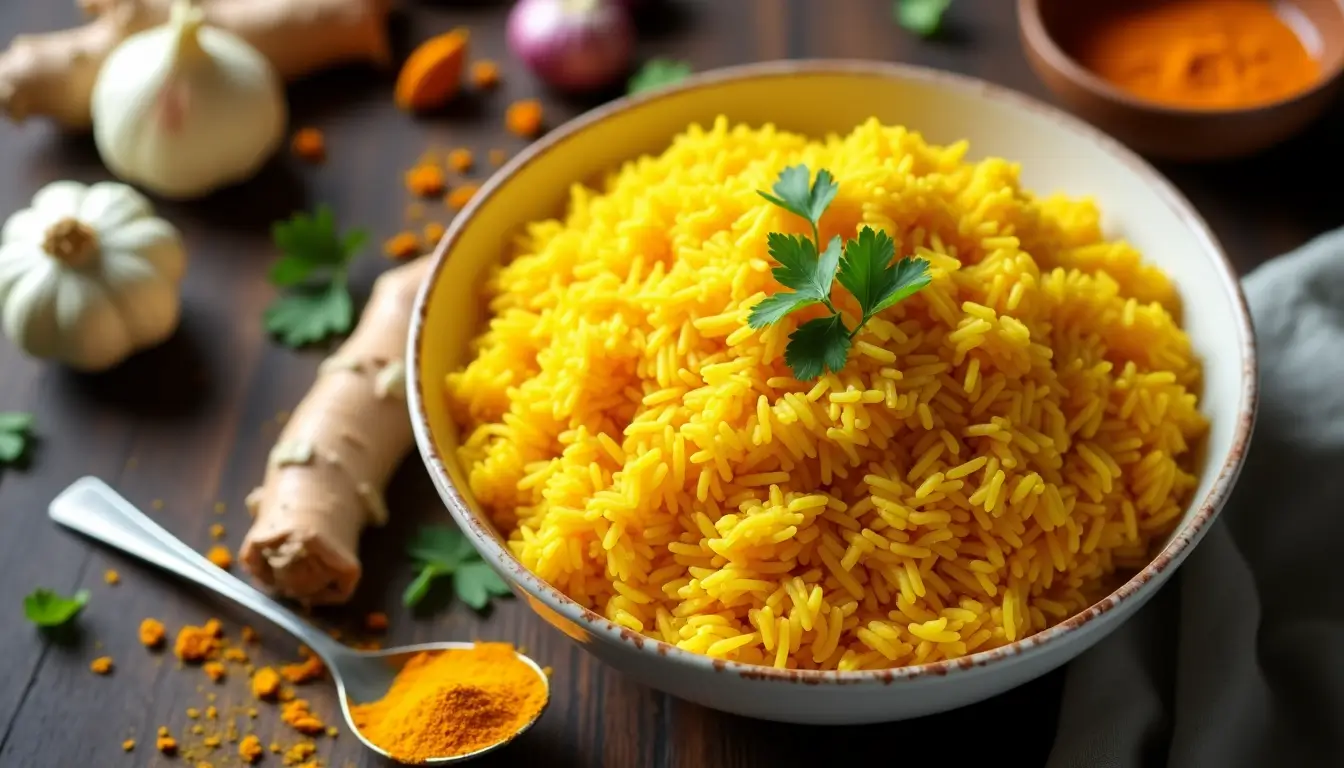Easy see ew noodles Recipe
Pad see ew noodles means “stir-fried soy sauce noodles” in Thai. This popular street food dish now appears on menus across Australian restaurants. Chinese immigrants brought their cooking techniques to Thailand and became skilled at creating this delicious 30-minute meal.
The authentic recipe combines wide, thin fresh rice noodles (Sen Yai) with Chinese broccoli and your preferred protein. A perfectly balanced sweet-savory sauce with subtle sour notes brings all ingredients together beautifully. You can create restaurant-style caramelized noodles and authentic Thai street food flavors right in your kitchen with this recipe.
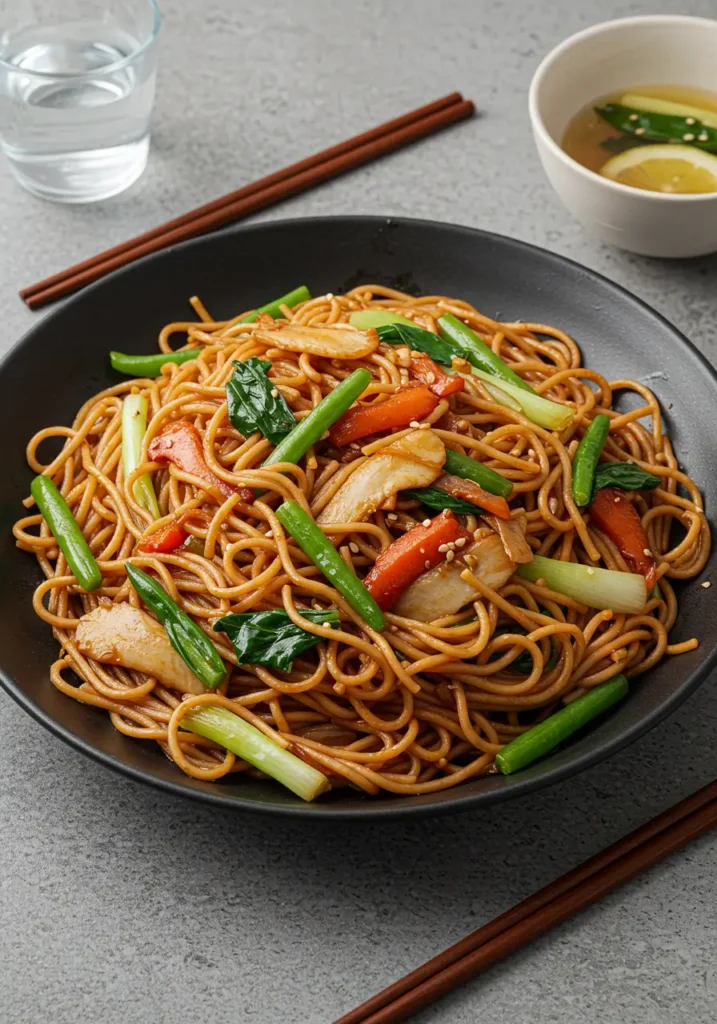
Before You Get Starte:
Let me share some vital tips I’ve learned while making pad see ew over the last several years. Getting ready is the key to success with this quick-cooking dish.
Key Tips:
- Mise en place matters: Your ingredients should be prepped and within reach. The cooking happens fast, and you won’t have time to chop or measure once you start.
- Heat management: Your wok or pan should be smoking hot when you begin. This will give a wok hei – the smoky flavor that makes restaurant-style pad see ew so irresistible.
- Don’t overcrowd: You should cook in batches if making multiple servings. It also helps your ingredients caramelize properly instead of steaming.
- Noodle preparation: Dried rice noodles need soaking until they’re pliable but still firm. Fresh rice noodles work best at room temperature and need careful separation.
- Sauce consistency: Mix your sauce ingredients really well before cooking. The dark soy sauce needs proper mixing to achieve that signature color.
Beginners often make the mistake of rushing through. You should take time to prepare, especially when heating your pan and getting your noodles ready. Everything in great pad see ew depends on your technique as much as your ingredients.
What Makes This Recipe So Good?
This classic pad see ew noodles recipe captures the authentic Thai street food experience perfectly. The dish’s signature caramelization comes from high-heat cooking that creates a coveted charred, smoky flavor defining genuine pad see ew.
The recipe’s charm comes from its simplicity. You can prepare this dish in less than 20 minutes from start to finish. Black soy sauce works its magic by clinging to the noodles and creates an intense caramelizing effect.
Here’s what makes this recipe truly special:
- Balanced Flavors: The combination of dark soy sauce, light soy sauce, and oyster sauce creates a perfect harmony of sweet-savory notes
- Nutritional Powerhouse: The Chinese broccoli is packed with vitamins A and C, while garlic adds immune-boosting properties
- Versatile Base: You can customize it with your choice of protein – chicken, beef, tofu, or seafood
Wide rice noodles serve as the perfect vehicle to soak up the flavorful sauce and create that characteristic chewy texture pad see ew is famous for. This recipe brings restaurant-quality Thai cuisine into your kitchen with authentic street food charm that makes this dish beloved worldwide.
Why I Love Easy See Ew Noodles Recipe:
My experience with pad see ew started at a memorable Bible study gathering where I tried something different from my usual curry orders. This dish quickly became a kitchen favorite and changed how I approach Thai cooking.
The incredible value of this recipe excites me the most. In fact, restaurants charge $6.50 for a dinner-sized portion, but making it at home is even more economical. I’ve made it countless times and improved my technique with each preparation.
This dish brings constant joy to my kitchen because of its versatility. You can customize it with:
- Different proteins (chicken, pork, shrimp)
- Extra eggs for a vegetarian version
- Various vegetables beyond Chinese broccoli
The recipe holds a special place in my heart because it elevates comfort food. The distinctive aroma of charred soy sauce reminds me of cozy days at home. This has become my go-to dish when I need something both satisfying and simple.
Making pad see ew at home is beautifully simple. Minimal prep time combined with quick cooking makes it perfect for busy weeknights. As someone who loves cooking, becoming skilled at this dish has been an enjoyable way to explore authentic Thai flavors.
Recipe Variations
You can customize pad see ew noodles based on your priorities and what’s in your pantry. This adaptable dish allows many variations that preserve its authentic Thai charm.
The protein choices are quite flexible. Chicken remains the most popular option. Beef or Pork creates a heartier meal, while Tofu serves as an excellent vegetarian alternative. Prawns add a delightful seafood twist to the dish.
Fresh sen yai (wide rice noodles) might not always be available. Dried wide rice stick noodles work as a substitute. Note that dried noodles expand during cooking – 8 ounces of dried noodles will yield 16 ounces after rehydration. Vermicelli might seem like an easy replacement, but it’s nowhere near thick enough to complement the sauce’s flavors.
The vegetable component offers flexibility too. Pak choy or bok choy can replace Chinese broccoli. Broccolini (cut lengthwise) serves as another great alternative.
The sort of thing I love about this dish is its regional variations throughout Asia. Malaysian and Singaporean cuisine features char kway teow, which differs with its thickened sauce. Southern Thailand’s version, “mi lueang phat si-io,” uses egg noodles instead.
Equipment
Making authentic pad see ew noodles at home requires the right equipment. A wok is the life-blood of my kitchen for this dish. My carbon steel wok distributes heat quickly and evenly across its surface, and its curved shape lets me toss ingredients effortlessly.
You can use a large non-stick skillet that handles high heat if you don’t have a wok. Your pan should provide enough space for the noodles to move freely so they can caramelize perfectly.
Here are the essential tools I use for making pad see ew:
- Wok or Large Skillet: Choose one that retains heat well
- Wooden Spoon: Perfect for stirring without breaking the noodles
- Kitchen Tongs: Makes handling noodles effortless
The traditional Thai kitchen uses the wok (or ‘grata’) as a vital part of their cooking culture. Without doubt, its versatility shows as it handles everything from stir-frying to deep-frying with equal prowess. I found that waiting for my wok to radiate heat before adding ingredients is vital – you should see the heat waves rising. This technique will give those signature charred edges that make pad see ew truly special.
Ingredients
Let me share everything you need to make perfect pad see ew noodles in your kitchen. The ingredients break down into essential components that give this dish its special character.
For the noodles and protein:
- 200g wide rice stick noodles (or 450g fresh wide flat rice noodles)
- 150g chicken thighs, thinly sliced (or your preferred protein)
For our signature sauce:
- 2 teaspoons dark soy sauce
- 1½ tablespoons oyster sauce
- 1 tablespoon light soy sauce
- 2 teaspoons white vinegar
- 2 teaspoons sugar
Fresh ingredients:
- 4 stems Chinese broccoli (gai lan), cut into 2-inch pieces
- 2 cloves garlic, finely chopped
- 1 large egg
Fresh wide rice noodles (sen yai) create the most authentic texture. You can find them in Thai grocery stores. Dried rice stick noodles make a great alternative too. The sauce’s components are vital to achieve that perfect balance of sweet, savory, and slightly tangy flavors.
Dark soy sauce adds depth and richness beyond just color. The oyster sauce brings that unmistakable umami that makes pad see ew so tempting. Small stalks of Chinese broccoli work best because they’re tender and have a milder taste.
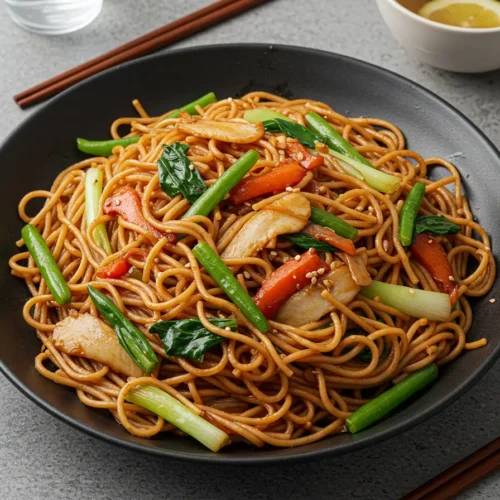
Easy See Ew Noodles
Equipment
- Wok or Large Skillet: Choose one that retains heat well.
- Wooden Spoon: Perfect for stirring without breaking the noodles.
- Kitchen Tongs: Makes handling noodles effortless.
Ingredients
Noodles And Protein:
- 200 g wide rice stick noodles or 450g fresh wide flat rice noodles
- 150 g chicken thighs thinly sliced (or your preferred protein)
Sauce:
- 2 teaspoons dark soy sauce
- 1½ tablespoons oyster sauce
- 1 tablespoon light soy sauce
- 2 teaspoons white vinegar
- 2 teaspoons sugar
Fresh ingredients:
- 4 stems Chinese broccoli gai lan, cut into 2-inch pieces
- 2 cloves garlic finely chopped
- 1 large egg
Instructions
- Let's make some delicious pad see ew noodles! Here's how to prepare everything for perfect results.Start by trimming the Chinese broccoli ends and cutting them into 3-inch pieces. You'll need to separate the leaves from stems and slice thick stems lengthwise (no wider than 0.3 inches). The noodles should be prepared according to package directions, ready just before you start cooking.The cooking process goes like this: 1 – Heat 1 tablespoon oil in your wok until smoking hot 2 – Add garlic and cook for 15 seconds 3 – Toss in your protein and cook until mostly white 4 – Add Chinese broccoli stems, then leaves once stems are tender 5 – Push everything aside and scramble the egg 6 – Remove all ingredients and clean the wok 7 – Heat 2 tablespoons oil until smoking 8 – Add noodles and sauce, toss minimally for 1-1.5 minutes to get caramelization 9 – Return protein and vegetables to wokTiming plays a vital role in this dish. Keep all ingredients prepped and within reach. The signature caramelization comes from letting the noodles sit undisturbed for 15-30 seconds between tosses.The best results come from cooking just one portion at a time. This approach allows proper charring and keeps the noodles from becoming mushy. The noodles need gentle handling when you flip them to prevent breaking.
Notes
- Store leftovers in an airtight container for up to 4 days.
- Keep chili sauce on the side for added kick.
- Reheat in the microwave for best results.
- Store soaked noodles in the fridge for up to 1 week.
FAQ
Traditionally, pad see ew is made with wide, flat rice noodles called “sen yai.” These noodles are ideal for stir-frying as they can withstand high heat and absorb flavors well. If you can’t find fresh sen yai, wide dried rice noodles labeled as ‘Pad Thai’ noodles can be used as an alternative.
Pad see ew is distinct from dishes like pad Thai and drunken noodles in its flavor profile and ingredients. It uses wider noodles and has a sweeter, saltier taste due to its dark soy sauce-based sauce. Unlike pad Thai, which has a tangier sauce from tamarind, or drunken noodles, which are spicier, pad see ew focuses on a caramelized, savory flavor.
Yes, pad see ew can be easily adapted for different dietary needs. For a vegetarian version, you can substitute the protein with tofu or extra eggs. To make it gluten-free, use gluten-free versions of soy sauce, fish sauce, and oyster sauce. The rice noodles used in the dish are naturally gluten-free.
The secret to getting that coveted caramelization lies in using high heat and proper cooking technique. Use a very hot wok or large skillet, and allow the noodles to sit undisturbed for 15-30 seconds between tosses. This helps achieve the characteristic charred edges and smoky flavor. Cooking in small batches also ensures better caramelization.
Leftover pad see ew can be stored in an airtight container in the refrigerator for up to 4 days. For best results when reheating, use a microwave. If you’ve prepared extra sauce, store it separately and add it when reheating to prevent the noodles from becoming too dry. Avoid freezing pad see ew, as the texture of the noodles can become compromised when thawed.

